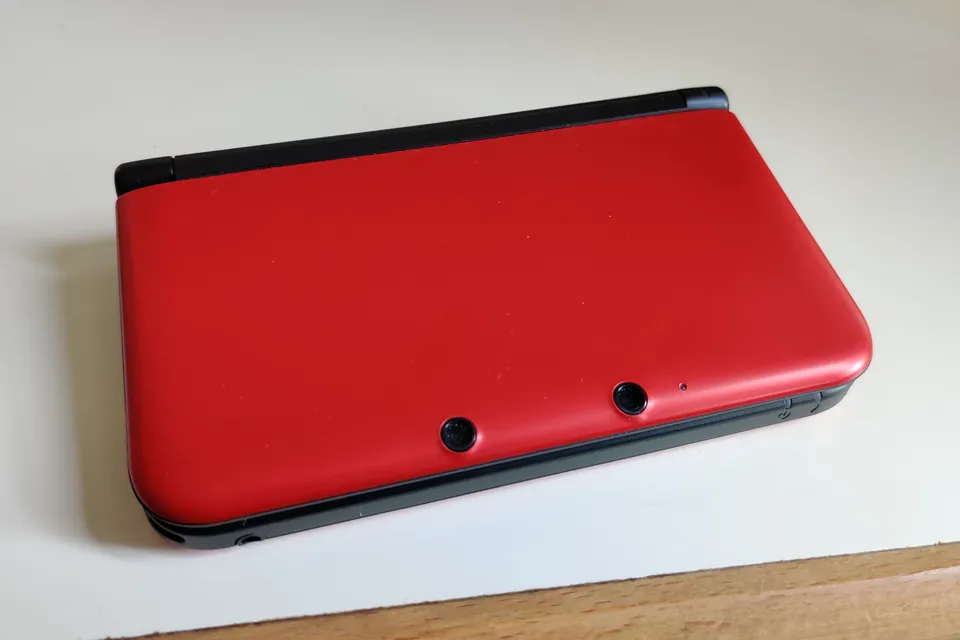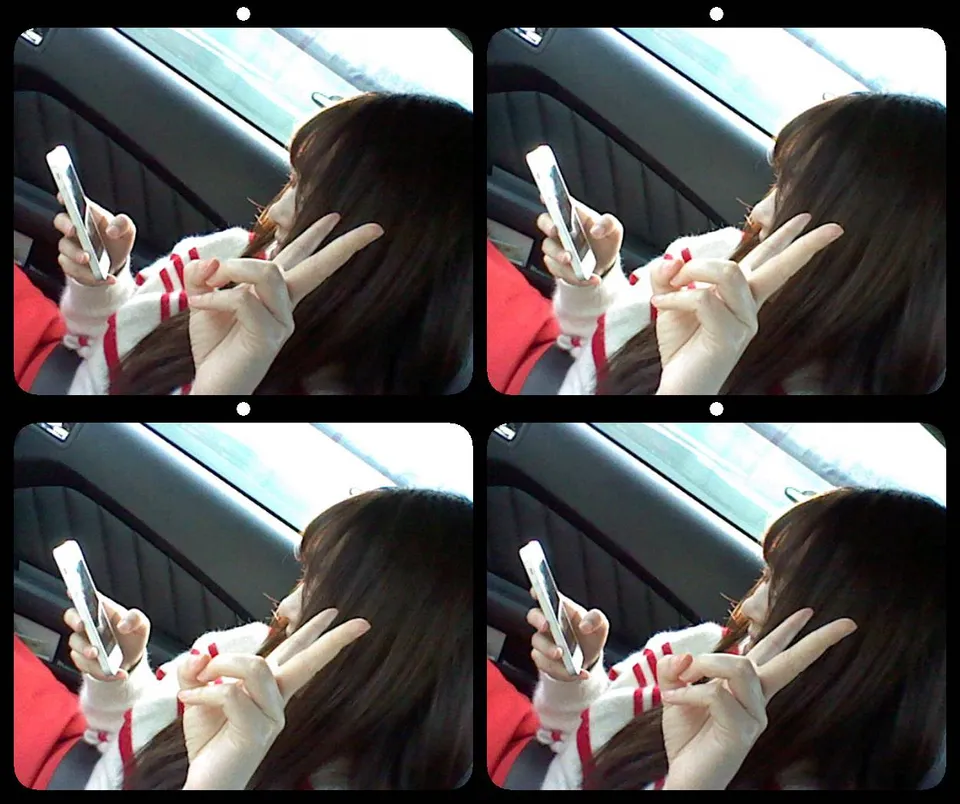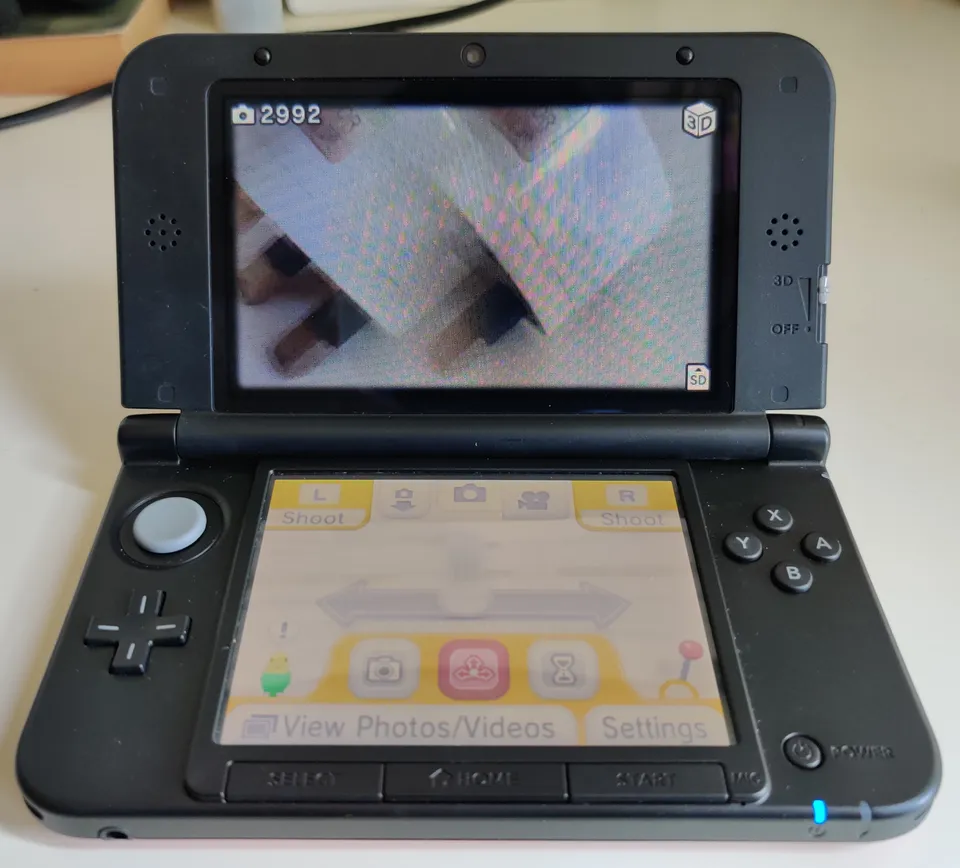(New) Nintendo 3DS XL/LL
Internet people said bad things about the camera. Me, I have never thought of using the 3D camera feature until I recently got into stereoscopy.
I bought a Nintendo 3DS XL of some Taiwanese during my exchange study at UC Davis for US$100 in Winter 2016. Later in 2018 I bought a New Nintendo 3DS LL from a used electronic store HARD OFF for, if I remember correctly, around HK$680 after currency conversion.
For 2 years I left did not touch them much. I know 3DS has many good games—bought a few too, just unable to finish them. The interest fades rather quickly and time was spent on other platforms such as PSP and PC. There are times I don't play much game too, mostly when I was busy dating, which also took away my time taking photos.

Stereoscopy predates photography when Sir Charles Wheatstone invented the first Stereoscope—a binocular type device that shows the viewer two images at alight horizontal offsets, wherein human brain naturally marry the two images into one, and the offset is perceived as depth information.
Try closing your left eye and look at something in front of you, now switch eye, there is a slight difference in the view you see. Things may have moved laterally by a bit.


Take 2 images and place them side by side, cross your eye or view the images with a Stereoscope so that the 2 images overlap in the middle. Your brain will take the offset information and present it in form of depth perception. Here you are seeing 3D, from just 2D images!

OK, 3DS has two cameras at the back that mimics a pair of human eyes. After taking 2 images with a slight offset, the screen is capable of overlapping the images in alternate columns of pixels. A filter called parallax barrier ensures viewer's left eye is only shown pixels meant for the left eye, and vice versa. Thus even without wearing 3D glasses, the viewer can still perceive 3D image from the screen.
Nintendo 3DS not only empowered a generation of kids and teenagers with handheld 3D games (amazing for us from the GBA generation), but also gave them a 3D camera without extra cost. Why didn't Stereoscopy take off? Why rarely anyone uses this feature?
Compared to proper 3D cameras of the time, 3DS's 0.3 megapixel resolution is unbearably inferior to Fujifilm W3's 10 megapixel and Sony MHS-FS3's 5 megapixel. This is probably the deal breaker. Back in the 2011 it was probably still ok, but not in 2021.

Some people tried, in the form of Wigglegram, yet they never seem to take off. The niche has been somewhat revived by RETO3D, even though being a film camera adds to the entry barrier of this already niche segment.
Anyway, that's it for Nintendo 3DS, and more to come on Stereoscopy on an upcoming blog post.
